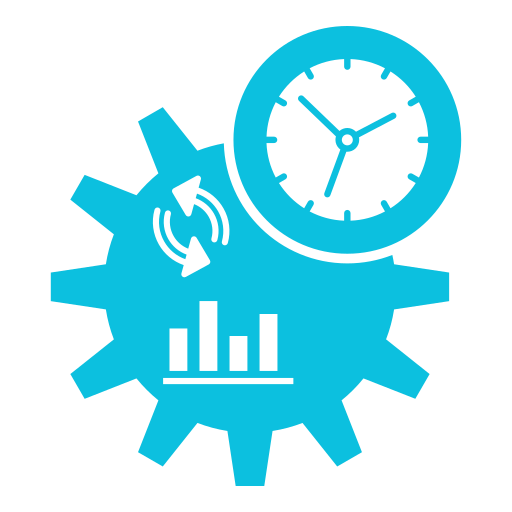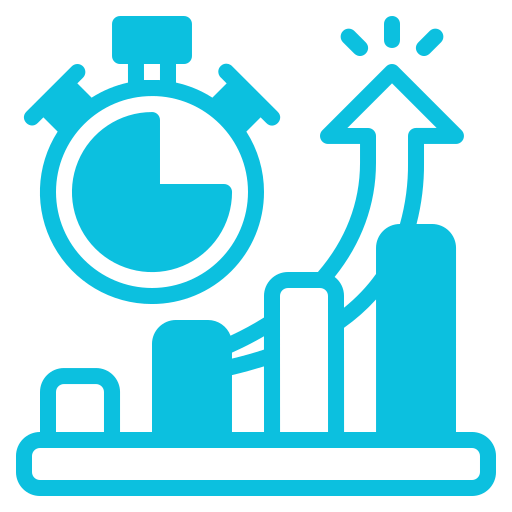Scan-to-BIM
We embrace the latest technological innovations to offer advanced solutions such as Scan-to-BIM. This state-of-the-art service allows clients to obtain highly accurate data, generate precise outputs rapidly, and create meticulously detailed models, ensuring flawless execution and exceptional project outcomes.

Scan-to-BIM
Our extensive BIM services for the AEC sector empower your team with cutting-edge, industry-leading technology solutions.
Why Choose Tecverse
Tecverse stands out as a top provider of BIM solutions, offering a blend of innovation, strong industry partnerships, and a customer-centric approach that ensures the highest level of quality and efficiency in every project.
FAQs

BIM, or Building Information Modeling, is a process that involves creating and managing digital representations of physical and functional characteristics of a building. BIM models are rich with data, enabling better collaboration, visualization, and decision-making throughout the building lifecycle—from design and construction to operation and maintenance.

BIM enhances project efficiency by providing a centralized platform for collaboration and data sharing. It reduces errors through clash detection, optimizes resource utilization, accelerates decision-making, and enables real-time updates. This leads to cost savings, time efficiency, and improved overall project outcomes.

Digital Twins are virtual replicas of physical assets, processes, or systems. In construction, they provide real-time data insights into the performance and condition of a building, enabling predictive maintenance, operational optimization, and informed decision-making across the asset lifecycle.

Laser scanning plays a critical role in BIM by capturing precise, real-world data of a physical structure through 3D scanning. This data is used to create highly accurate BIM models, enabling better design accuracy, retrofitting, and as-built documentation.

BIM supports Facility Management by providing a detailed and centralized model containing all building information, such as system details, maintenance schedules, and asset management data. This facilitates efficient operations, reduces maintenance costs, and improves lifecycle management of the building.

Levels of Development (LOD) in BIM define the degree of accuracy and completeness of a model at different stages of a project. LOD ranges from 100 (conceptual design) to 500 (as-built conditions), ensuring the model meets the specific requirements for each phase of the project lifecycle.

Yes, BIM helps reduce construction costs by minimizing errors, improving project planning, and optimizing resource usage. It enables early detection of design conflicts, reduces rework, and provides accurate cost estimates, leading to better budget management and savings.

BIM supports sustainable construction by optimizing material usage, reducing waste, and analyzing energy efficiency. It enables environmental impact assessments, promotes green building practices, and helps achieve certifications such as LEED by providing accurate data for sustainable design and operations.
.webp)
Innovate, Build, Deliver
Get in touch with us to discover how we can empower your team to harness cutting-edge construction technologies for quicker and more impactful outcomes.





